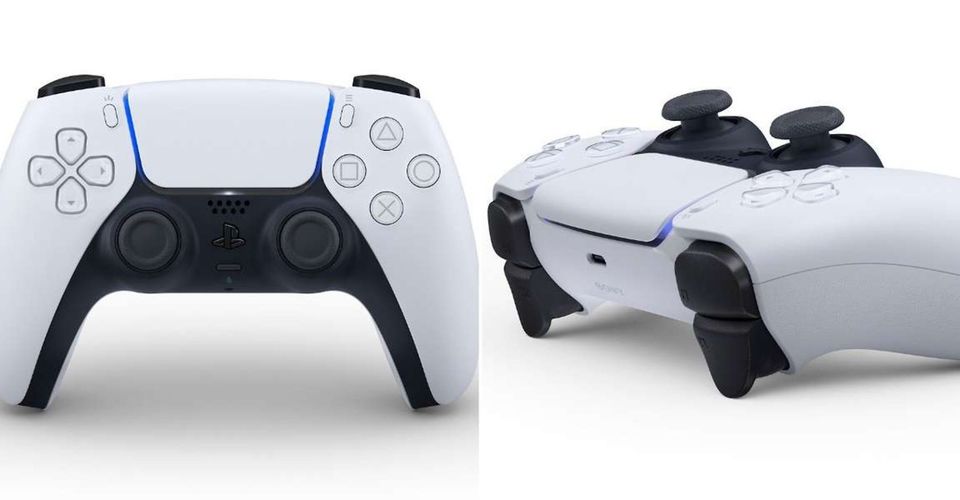PS5 Controller’s Secret PlayStation Symbols Explained By Sony

In addition to the PlayStation 5’s impressive software features, its controller also boasts 40,000 minuscule PlayStation symbols dotted all over it to give the DualSense a unique texture. This feature is just one more reason that many who have been fortunate enough to obtain a PS5 claim that it isn’t enough to read about the console; some aspects of it need to be experienced to be understood. For a console generation that includes nearly photorealistic graphics, virtual reality, three-dimensional audio, and the shortest load times consoles have ever seen, the architecture of the DualSense controller is one way that Sony has helped make its latest platform stand out.
Another tangible difference between the DualSense and the controllers that preceded it is the haptic feedback in its shoulder buttons. This was among the first of the features Sony unveiled about the PS5, but it wasn’t until players experienced it firsthand in November that the gaming community realized how much of a difference it makes. Harkening back to how revolutionary it was when analog triggers were first introduced (technically on the Dreamcast), haptic shoulder buttons can significantly add to a gaming experience, whether it be through the tension one feels from drawing a bowstring or pulling a heavy in-game object.
In The Verge, Sean Hollister describes how the DualSense’s texture comes not only from the thousands of crosses, squares, triangles, and circles handcrafted onto each controller, but also from the fact that these symbols are layered on top of one another in three dimensions. This noticeably differs from the DualShock 4’s design, which has an even layer of tiny dots on the back of each handle. On the DualSense, Senior Art Director of Sony’s Design Center Product Design Group Yujin Morisawa explains that several designs were hand-crafted and tested until the team found the gamepad with the perfect grip.

The actual layering of the symbols was also paramount to the process of selecting the design to go with; for example, the wrong layering could have resulted in players’ hands being uncomfortable or poked by jagged symbols. The team ultimately settled on having two layers, one 15 microns tall and another 30 microns tall. These layers are then molded into each DualSense controller, rather than layered on top, meaning that every controller is identical as the symbols are literally cut into the plastic mold with a laser. The result is a controller that fits perfectly into players’ hands and provides a grip that has been meticulously tweaked to perfection. The texture is also used across many of the PS5’s other accessories, such as the controller’s charging station, the camera, and even the console itself.
Now that today’s graphics and audio technology have reached heights that were nigh unimaginable only a decade ago, companies like Sony, Microsoft, and Nintendo need to think outside of the box when it comes to making their products stand out. One of the areas where this is most achievable (and tangible) is in the aesthetics and architecture of the hardware itself as opposed to the software. Sony clearly realized this when designing the PlayStation 5 and underwent a long and arduous process to create a design that would both pay homage to the brand and provide a better and unique experience for players. The result is a console that feels just as good to physically interact with as it does to play, and it is sure to influence future console generations.
Source: The Verge
About The Author


















